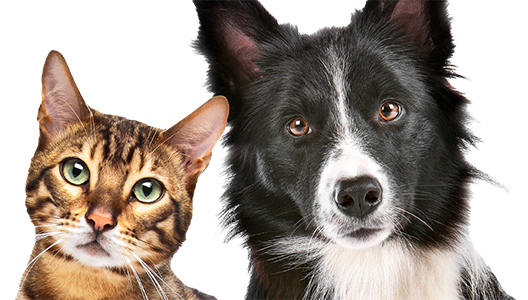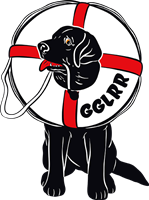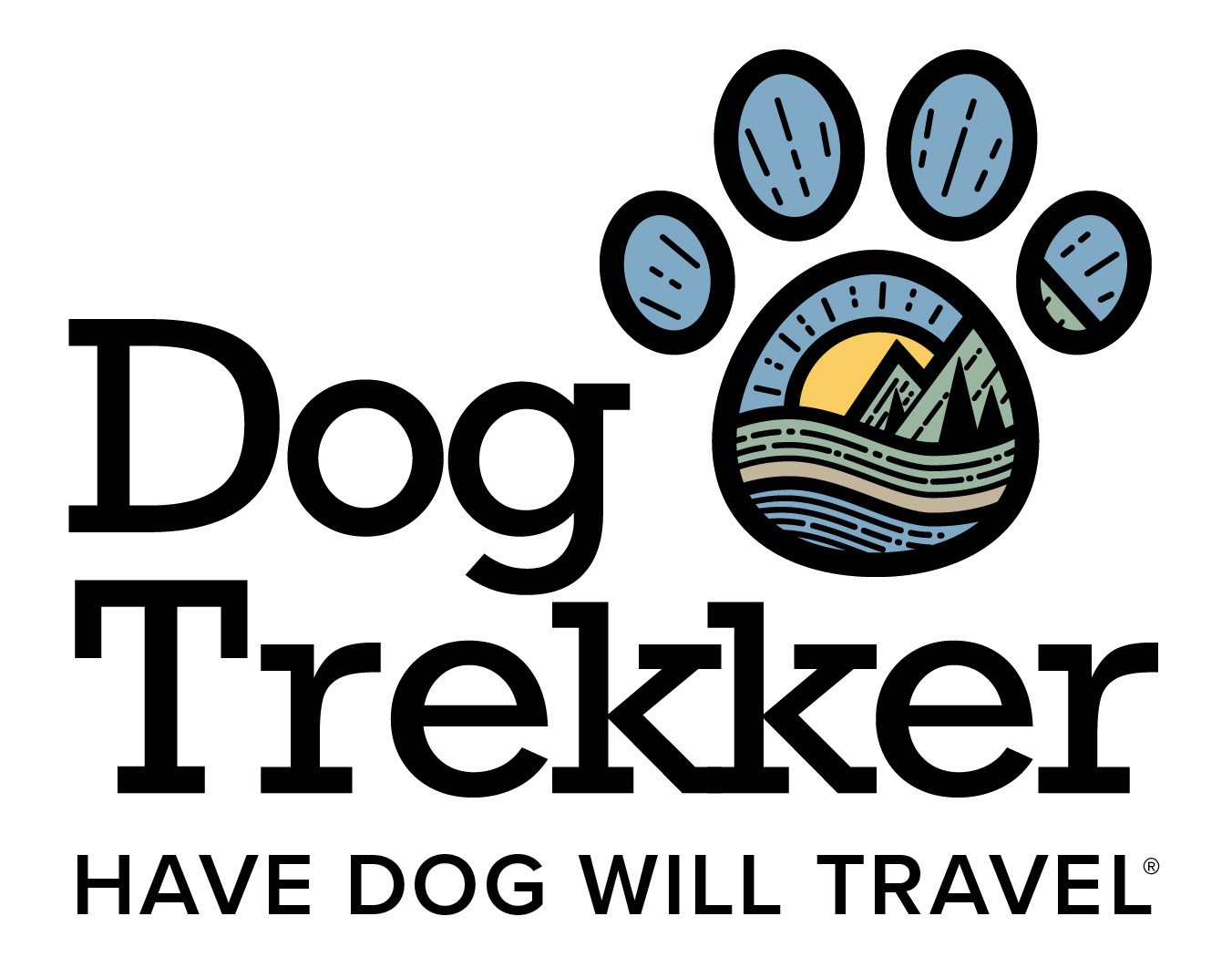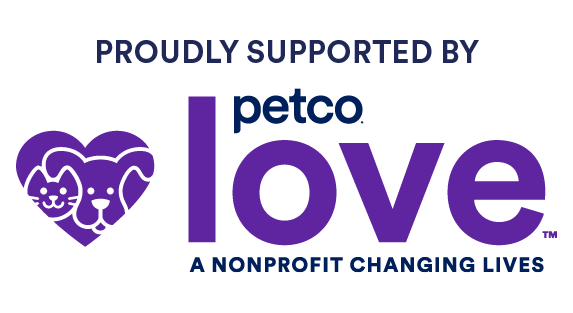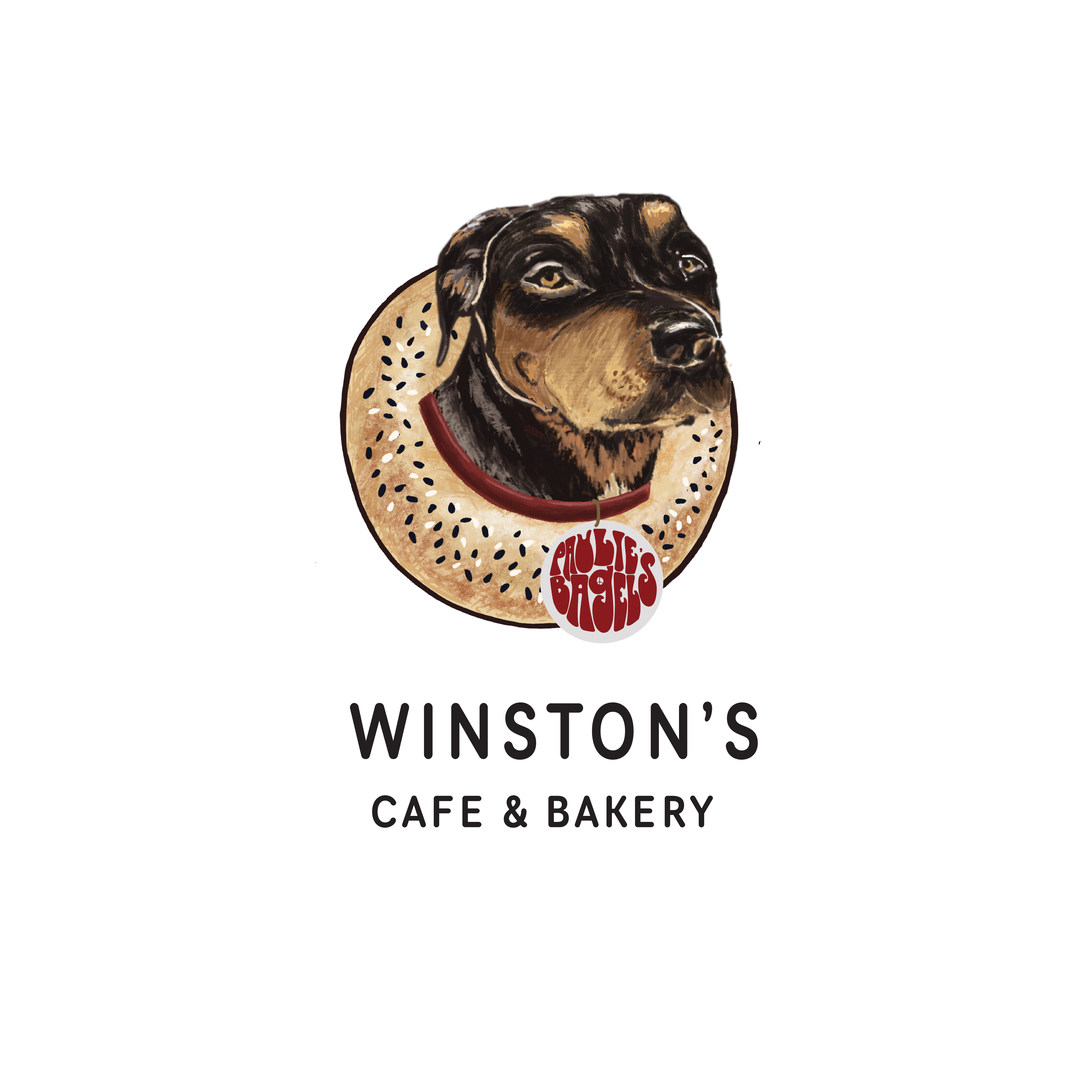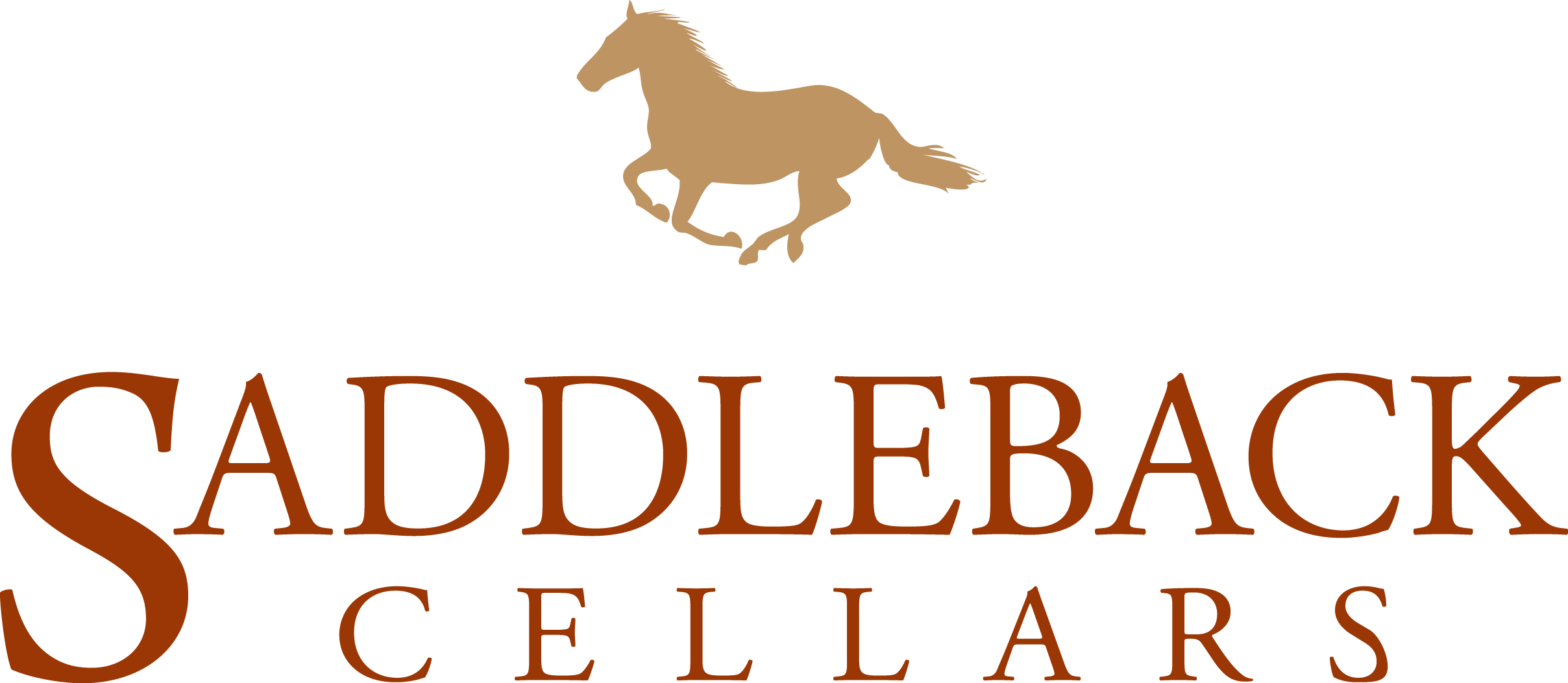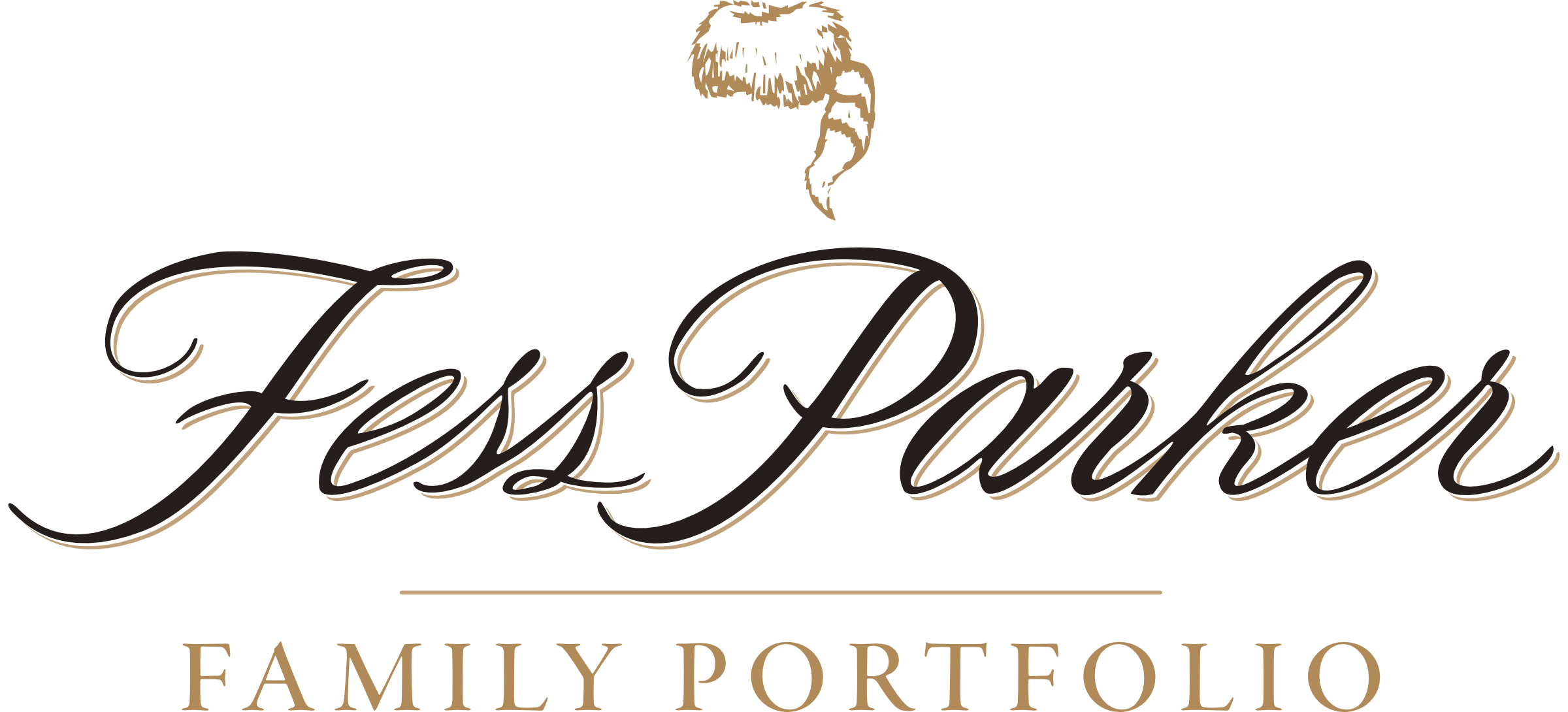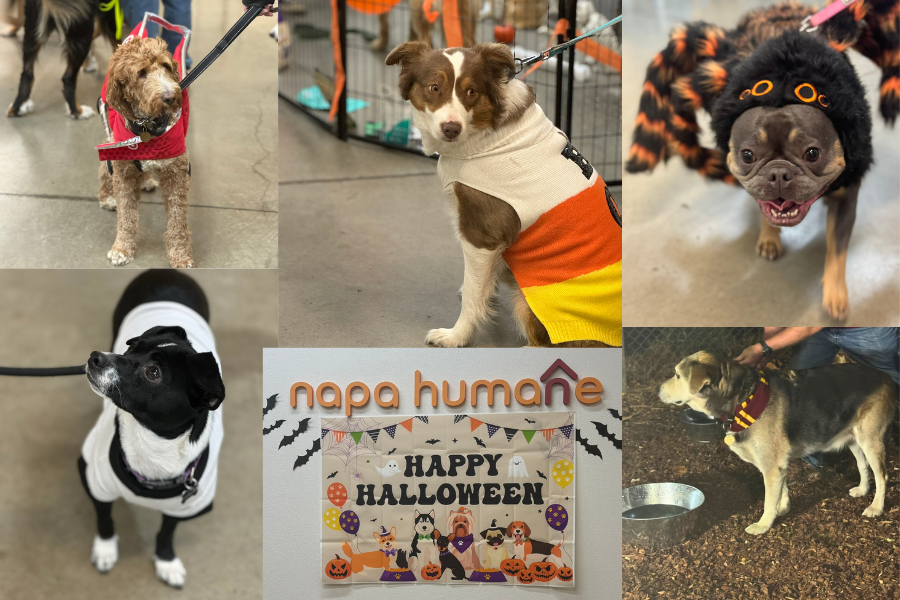
Keep pets safe this Halloween
by Wendi Piscia | October 8th, 2025 | 3:20 pm
From pumpkins on porches to kids in costumes, Halloween is one of the most festive times of the year. But while we enjoy the festivities, our pets often experience Halloween as confusing, noisy and even frightening. With a little planning, you can help them stay safe and comfortable while still enjoying the holiday.
Keep the candy bowl off-limits
Most people know that chocolate is toxic to dogs, but few realize how little it takes to cause harm. Dark chocolate and baking chocolate are especially dangerous, and even small amounts can lead to vomiting, tremors, seizures and heart problems. Xylitol, a sweetener found in sugar-free gums and candies, is even more hazardous and can cause a rapid blood sugar drop, liver failure or even death. Raisins and macadamia nuts are also toxic to dogs.
Cats are less likely to eat sweets, but some will nibble on anything new or interesting. Ingested plastic wrappers, foils or sticks from lollipops can cause gastrointestinal blockages or injuries in both dogs and cats.
To stay safe, keep all treats well out of reach and remind children that pets should not be offered human treats. If you suspect your pet has eaten something dangerous, call your veterinarian or the ASPCA Animal Poison Control Center at 888-426-4435 right away.
Think twice about pet costumes
Few things are more adorable than a dog dressed as a taco or a cat in a tiny wizard hat. But while we may find it adorable, our pets may not agree. Costumes can be uncomfortable, restrictive or frightening for animals, especially those that cover the face, ears or paws. Some outfits may even pose choking or strangulation hazards if parts come loose.
If you want to dress your pet up, choose a lightweight, non-restrictive costume that does not interfere with vision, hearing, breathing or movement. Let your pet try it on in advance for short periods, and never force them to wear something that causes stress or fear. For many pets, a festive collar or bandana is a better fit.
Doorbell drama and escape risks
The steady stream of trick-or-treaters can overwhelm even calm pets. Repeated knocking and doorbell ringing can lead to barking, hiding or frantic attempts to escape.
To help your pet stay calm, set up a quiet, secure space away from the door during peak trick-or-treating hours. Provide soft bedding, soothing music or white noise, and a favorite toy to help them relax. For especially anxious pets, talk to your veterinarian about calming aids or other supportive strategies.
If your pet does stay near the door, make sure they are wearing a properly fitted collar with a current ID tag. This is also a great time to double-check that your pet’s microchip information is up to date. Collars can slip off, but a registered microchip significantly increases the chances of a happy reunion. According to the American Veterinary Medical Association, microchipped dogs are more than twice as likely to be reunited with their families and microchipped cats are more than 20 times as likely.
Décor hazards to watch for
Fake cobwebs, glow sticks, candles and string lights may be festive, but they’re risky for curious pets. Cats may bat at dangling décor while dogs might chew on cords or swallow small plastic decorations.
Keep items out of reach and never leave lit candles unattended. A toppled candle can burn a paw or, worse, start a fire.
Simple swaps for a safer holiday
If your pet is nervous, consider alternatives like leaving candy outside in a bowl with a sign, or swapping trick-or-treating for a cozy movie night. For pets who enjoy the action, watch closely for stress signs — panting, pacing, drooling or hiding — and give them a break when needed.
Halloween can be fun for the whole family, including pets, but it takes a little extra thought. By focusing on their safety and comfort, you can ensure a happier, healthier Halloween for everyone — including our four-legged family members.
Want to help your dog build confidence during high-stress situations like Halloween?
Napa Humane’s positive reinforcement dog training classes include techniques that teach dogs to settle in a designated safe space, relax around noise and distractions, and adapt to changes in their environment. These skills are helpful not just during holidays, but anytime guests or routine changes cause stress.
The topics discussed in this feature are part of a larger conversation about animal welfare in Napa County. Want to learn more? Explore the entire series at https://bit.ly/NVRNapaHumane





